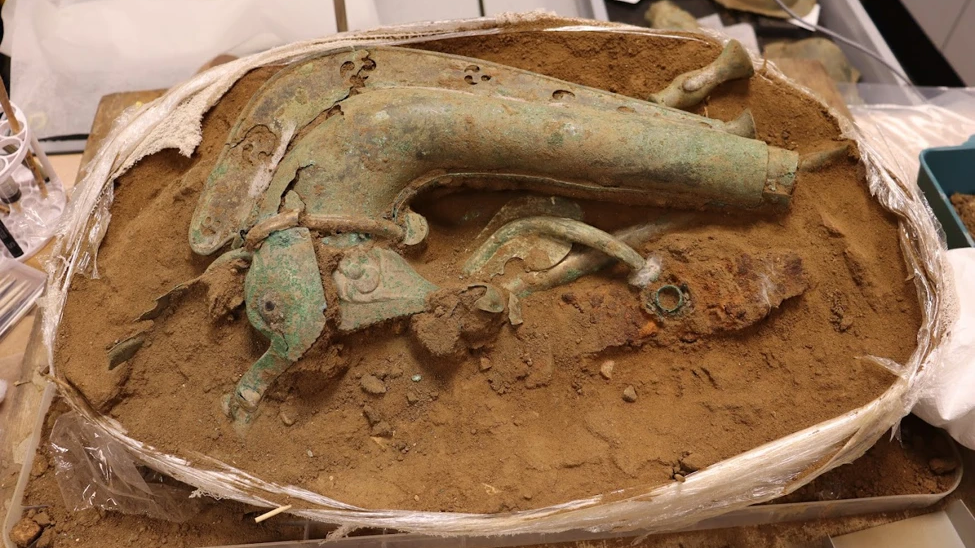
Images: Southwest's Most Hazardous Volcanoes
Southwest Volcano Hazard
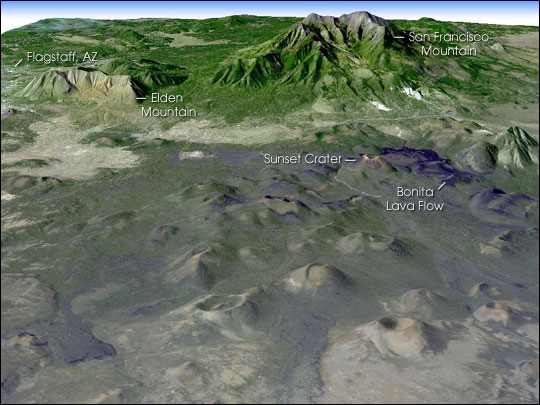
More than 1,400 volcanoes are scattered across the southwestern United Statse. At least three erupted in the past 1,000 years. The U.S. Geological Survey ranks volcanoes or volcanic fields with moderate to high threats in every southwestern state, from Nevada out to Colorado. The rankings account for prior eruptions and proximity to cities and transportation routes. (California was excluded from the rankings because the state has its own volcano observatory.)
Following are some of the volcanoes that pose a potential threat to the Southwest.
Black Rock Desert volcanic field, Utah - Threat level: Moderate
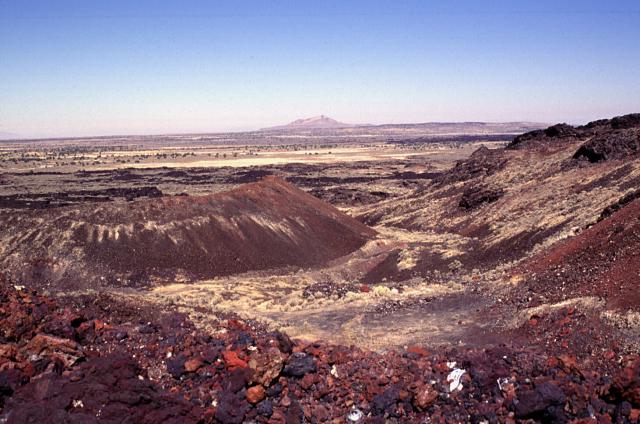
This view shows Utah's youngest known lava flow, the 660-year-old Ice Springs flow, which originated from a series of nested cinder and spatter cones. The rim of Crescent Crater is at the right, with the symmetrical Pocket Crater at the left and Pavant Butte in the distance.
Carrizozo volcanic field, NM - Threat Level: Very Low
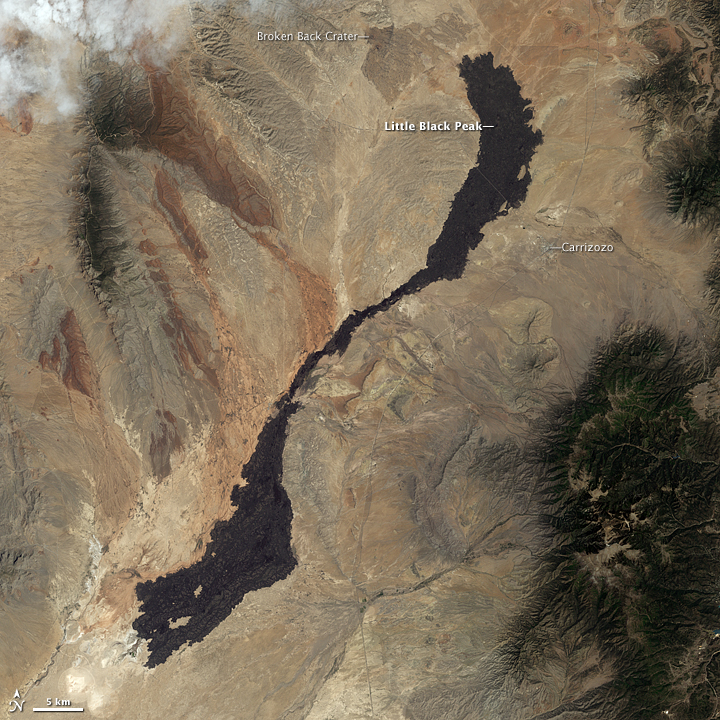
Stretching roughly 47 miles (75 kilometers), Carrizozo is one of Earth's longest lava flows. Geologists suspect the flow formed in a single episode that lasted 20 to 30 years, and date the surface of Carrizozo at roughly 5,200 years old.
Dotsero volcano, Colo. - Threat Level: Moderate
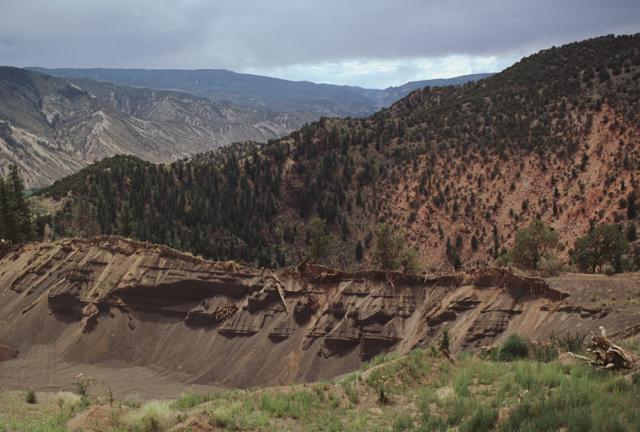
The Dotsero maar erupted about 4,150 years ago and is the youngest volcanic feature in Colorado. A maar is a shallow crater formed when rising magma meets groundwater and explodes. The quarry in the foreground is cut into basaltic tephra deposits on the rim of the maar.
Markagunt Plateau volcanic field, Utah - Threat Level: Low
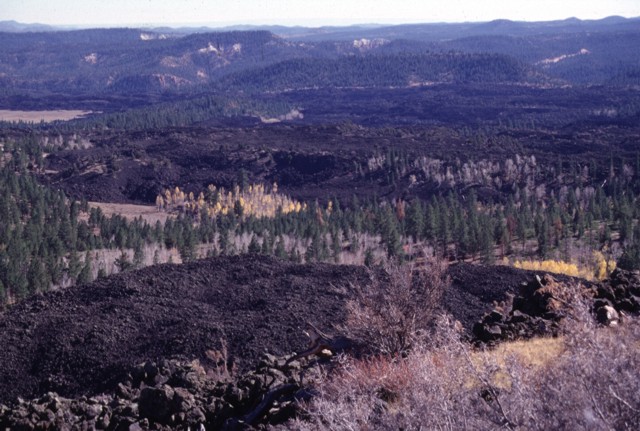
Blocky lava flows are among the youngest features of the Markagunt Plateau volcanic field. This is one of several young volcanic fields in southwest Utah.
San Francisco volcanic field, Ariz. - Threat Level: Moderate

The San Francisco volcanic field near Flagstaff has been active for about 6 million years. The San Francisco mountains include Humphreys Peak
Santa Clara Volcano, Utah - Threat Level: Very Low

The Santa Clara basaltic lava flow fills the lower Diamond Valley of southwest Utah. Light-colored rocks of the Navajo Sandstone at the left lie across a narrow gap from the southern basalt cone. Lava flows from the two cones spilled through this gap into Snow Canyon.
Get the world’s most fascinating discoveries delivered straight to your inbox.
Steamboat Springs, Nev. - Threat Level: High

Extensive areas of hydrothermally altered rock are found at Steamboat Springs, a small volcanic field of rhyolitic lava domes and flows south of Reno, Nev. Volcanism ranges in age from 2.53 million to 1.14 million years old. The Steamboat Springs area contains about 50 active hot springs and is an active geothermal field.
Uinkaret volcanic field, Ariz. - Threat Level: Very Low

The Uinkaret volcanic field straddles the Grand Canyon, producing lava flows that repeatedly cascaded into the gorge, forming temporary lava dams up to 650 feet (200 meters) high. A prominent landmark is Vulcan's Throne, 73,000 years old, a cinder cone on the north rim. Pottery sherds dated at between 1050 and 1200 A.D.were found within the Little Springs lava flow.
Valles Caldera, NM- Threat Level: Moderate
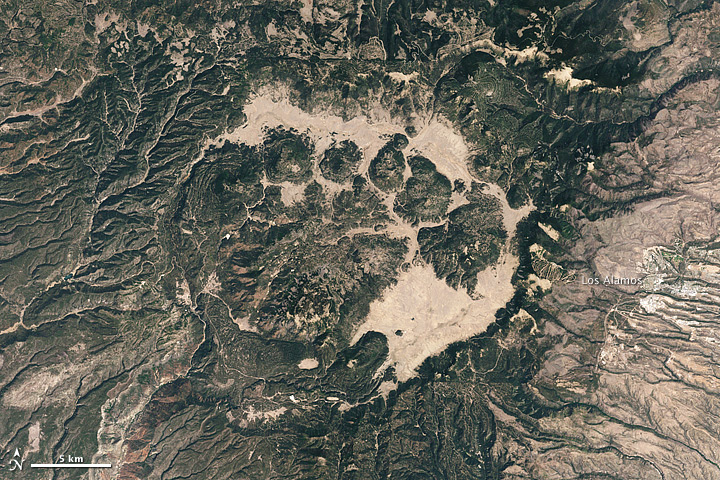
The 13.5-mile-wide (22 kilometer) Valles caldera in northern New Mexico was formed during a series of major eruptions ending 1 million years ago. The most recent eruptions occurred about 130,000 years ago, but geothermal activity continues.
Zuni-Bandera volcanic field, NM - Threat Level: Very Low
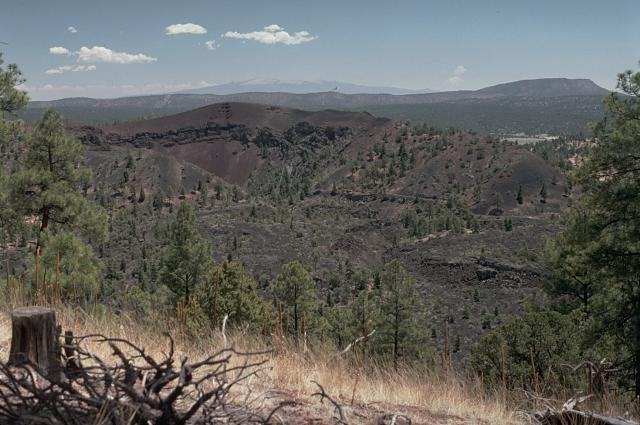
Bandera Crater in the center is part of the Zuni-Bandera lava field, which covers a 950-square-mile (2,460 square kilometers) area of central New Mexico. The lava field contains 74 vents that erupted voluminous lava flows, including the youngest, the 3,000-year-old McCartys lava flow. The McCartys flow traveled 37 miles (60 km) to the north, extending to the base of the Mount Taylor range, the peak in the distance.
Follow OurAmazingPlanet on Twitter @OAPlanet. We're also on Facebook and Google+.



